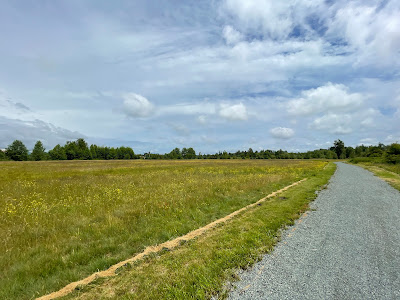The Metro Vancouver Regional District is responsible for monitoring the air quality in the Lower Mainland airshed, extending from Vancouver to Hope. It is also responsible for regulating point-source air pollutants such as from wood-burning stoves, open burning, and industrial sites.
The regional district releases an annual air quality report called “Caring for the Air.” They recently released a report which covers 2020.
Overall, air quality has improved over the past decade though not all pollutants have improved.

|
| Trends in select gas-phase air pollutants over the past decade. Select image to enlarge. |
For example, the authors of the report state that “levels of ground-level ozone have increased slightly despite reductions in some pollutants that create it. This is partly due to an increase in ozone formed outside Canada coming into our region.”
2020 was a unique year because, at the start of the COVID-19 pandemic state of emergency at the end of March, there was a dramatic reduction in travel. This limited travel reduced nitrogen dioxide (NO2), a byproduct of the internal combustion engine and driving.

|
| Monthly average nitrogen dioxide (NO2) concentration by year at Clark Drive (Vancouver) air monitoring station. Select image to enlarge. |
Interestingly, the authors noted that the pandemic did not cause a reduction of all air pollutants. Some pollutants increased.
Carbon monoxide (CO), saw some reductions but not as strongly as NO2. Fine particulate matter even appeared to increase early on in the pandemic in residential and rural areas, especially in the evening hours. This was likely because of increased residential wood burning since more people were home.
The report contains more information about ways that homeowners and stratas can help improve air quality. It also has a section on a proposed expansion that the regional district is considering to regulate air quality from non-road diesel engines such as found in the construction sector.


No comments:
Post a Comment
All comments are moderated.